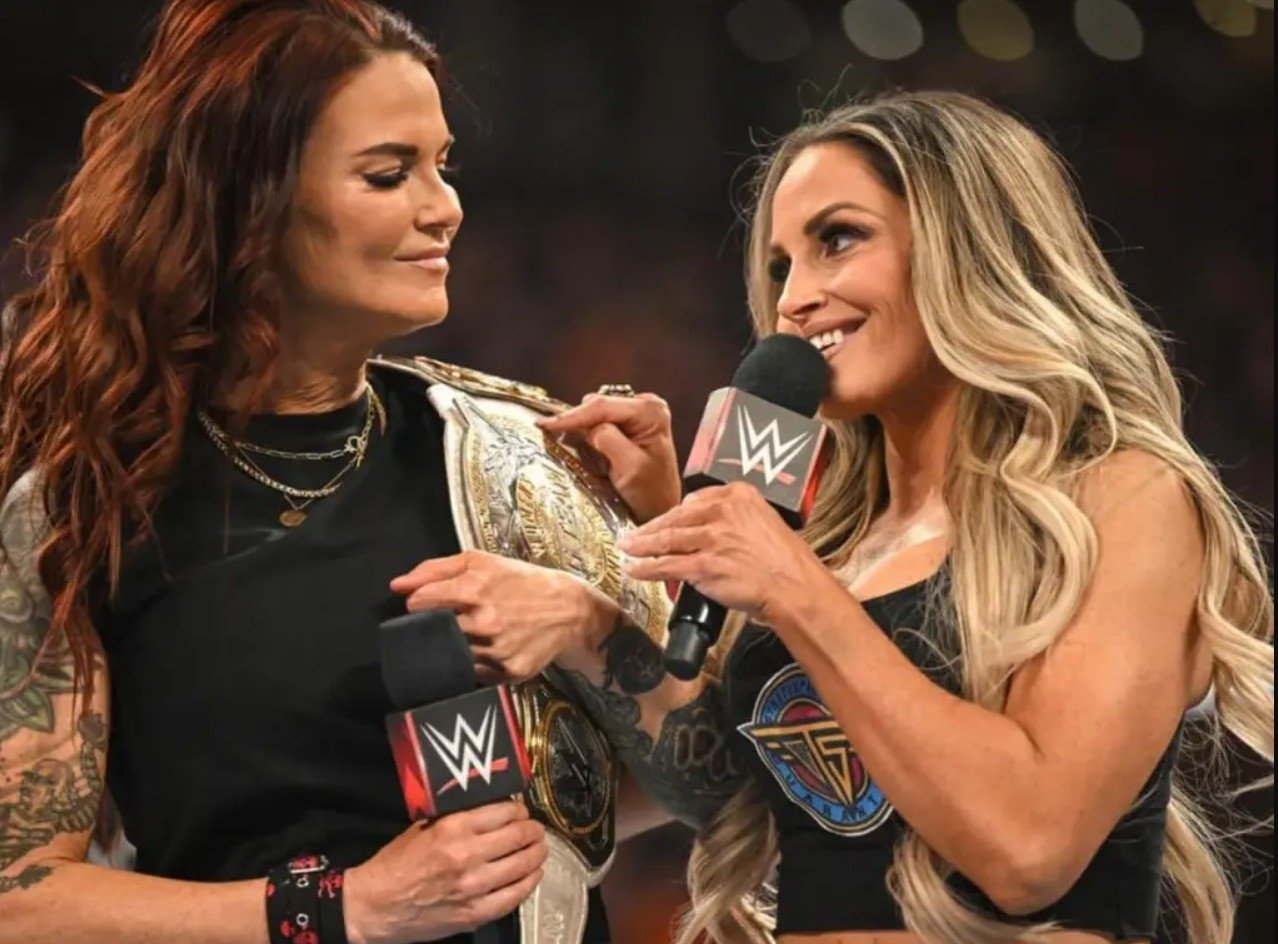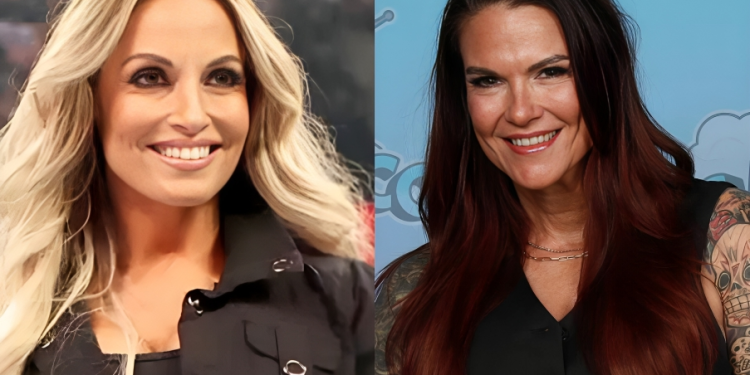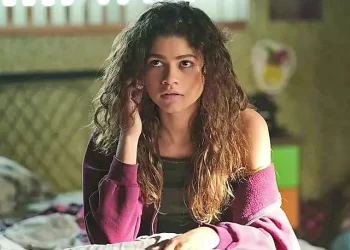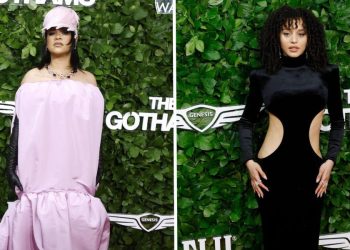Under different eras, women continue to carve their space in wrestling
Women’s wrestling history would be incomplete without the mention of Gorgeous Ladies of Wrestling or GLOW. Founded by David McLane in 1986, GLOW featured colourful characters and over-the-top stories and the women who made their name in the company came from different backgrounds and professions – from models to gymnasts – to be a part of the show business.
The crazy, colourful world of ’80s women’s wrestling found its audience on TV for several years. McLane brought in Mando Guerrero, elder brother of the legendary Eddie Guerrero, to train the women. He also onboarded Sylvester Stallone’s mother Jackie Stallone to play the kayfabe owner of GLOW. Kayfabe, in pro-wrestling, refers to the suspension of disbelief that everything staged in front of the audience is, in fact, unscripted.
In 2017, Netflix released a series called GLOW, starring Alison Brie, Betty Gilpin and Marc Maron. The series, although fictional, was based on the original GLOW promotion and characters. It ran for three seasons and was only cancelled due to the pandemic.
The ’90s fall
The ’90s were once again a tumultuous time for women’s wrestling, especially in the major promotions: WWE and WCW. The latter introduced the WCW Women’s Championship in 1996 but it was only active for two years. The WWE Women’s Championship was active for a few years in the early ’90s, then was retired back and forth a few times throughout the decade. Bull Nakano and Luna Vachon were some of the important names of the period.
One significant moment occurred when Alundra Blayze joined WCW while still having possession of the WWE Women’s Championship, and threw the title in a trash can live on air. Perhaps that sums up the state of women’s wrestling in major companies of the ’90s.
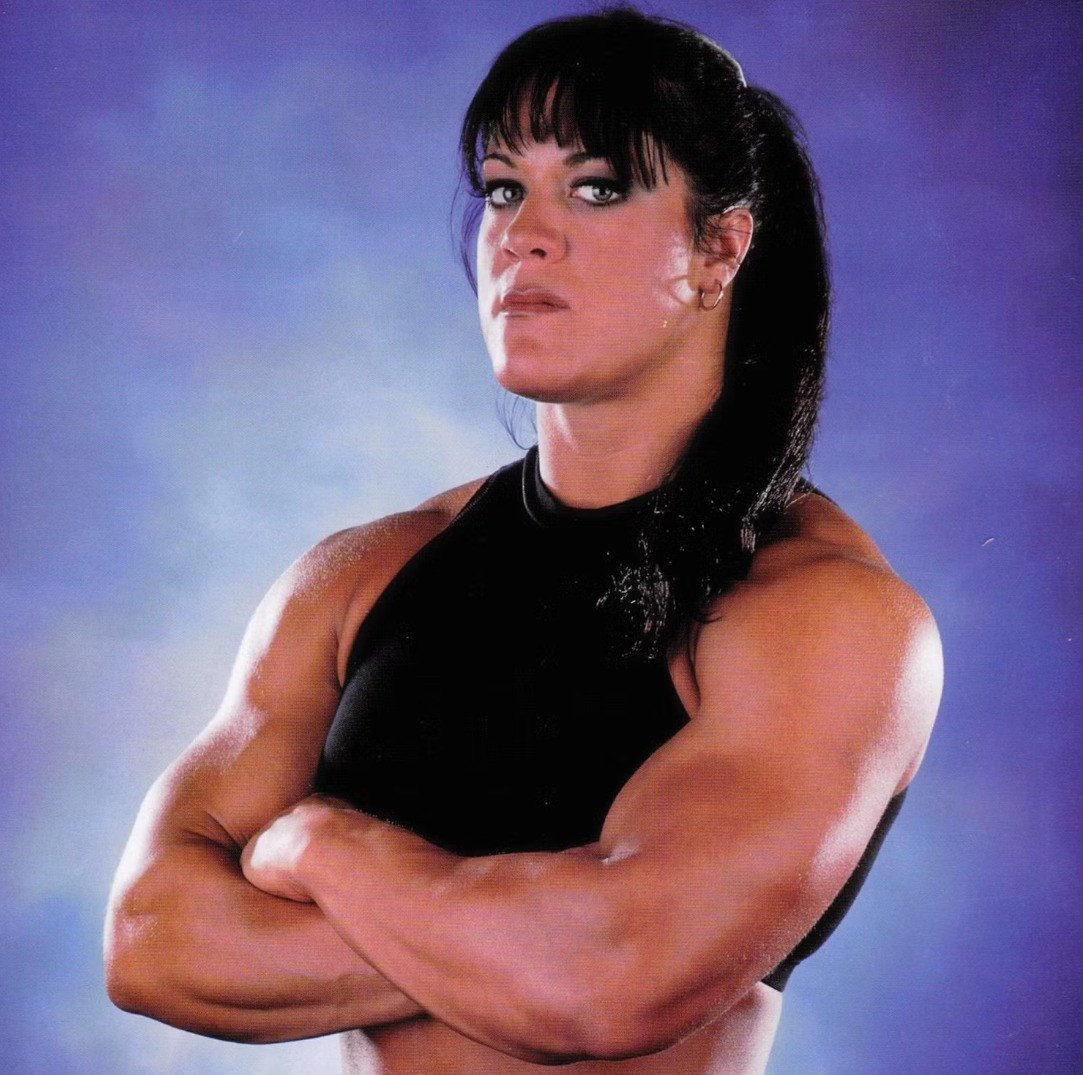
One exception was Chyna. She not only became the Women’s Champion, but also the Intercontinental Champion – a title for the men’s division – twice. She was also the first ever woman to compete in the King of the Ring tournament and the Royal Rumble match. One of the most dominant women ever, she defeated male superstars such as Kurt Angle, Triple H, Chris Jericho and more, and was inducted posthumously into the WWE Hall of Fame as part of the D-Generation X.
Meanwhile, Japanese female wrestlers and Mexican luchadoras continued perfecting their craft in their home countries and shining in sporadic appearances and short runs in the ’90s.
History repeated itself and women’s wrestling in WWE became relegated to sexualised presentations instead of an athletic competition. It went from being performed in strip joints for the amusement of American soldiers to being pretty much strip shows performed in front of a global audience.
The 2000s aggression
In early 2000s, the likes of Sable (Brock Lesnar’s wife), Torrie Wilson, Stacy Keibler, Trish Stratus, and dozens more were the mainstays of such segments and matches. Although one can say it was a different era. From the start of the Attitude Era in the late ’90s to the end of Ruthless Aggression era in mid to late 2000s, the shows were not PG-rated. And the target audience was not children like it has been since.
WWE shows were extremely violent and women’s matches – mainly fillers where the one who strips the opponent down wins – were there to cater to the male fans. But at the same time, there was a roster of women who were hungry for more. The likes of Victoria, Holly Molly, Jacqueline Moore, and most notably, Trish Stratus and Lita.
